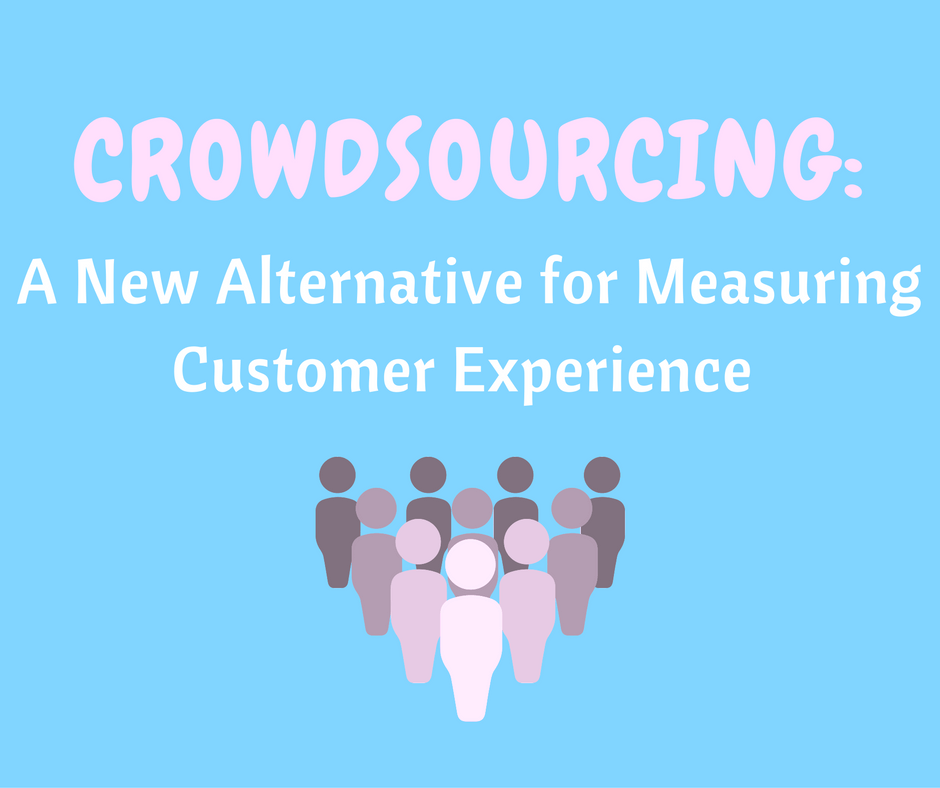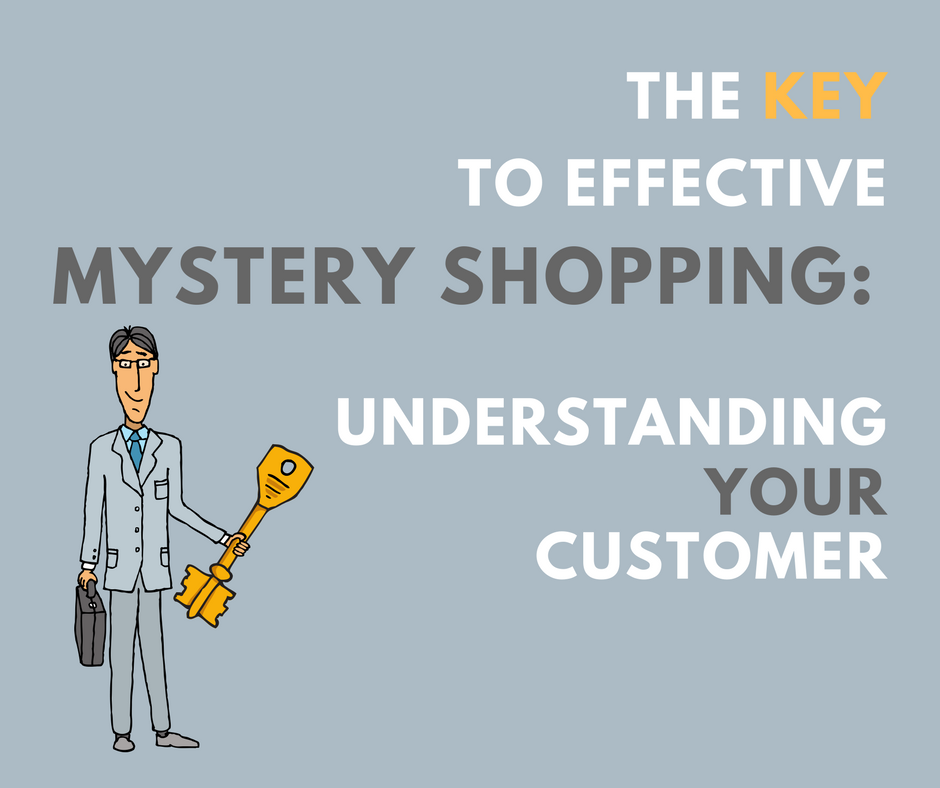Transforming CX: How Mystery Shopping, Feedback Survey, and Reputation Management Work Together
It's a common misconception that Mystery Shopping, Customer Feedback Surveys, and Reputation Management all deliver the same insights into the...
3 min read
Paul Bell December 15, 2016

Are you a business owner or operator with dozens, or even thousands of locations looking for a deeper understanding of how your company is executing? Would you benefit from a macro view that provides key information to aid in the direction of your training and follow up? Do you find that it's too expensive to obtain the information you need across all of your locations?
If you answered yes to any of these questions, crowdsourced mystery shops could be a great fit for your business. Crowdsourcing is an affordable and fast way to find out how your operations are doing as a whole. By using a smaller, randomized sample size, you’ll be able to quickly and cost-effectively collect insights to make decisions which will drive business improvement.
In this blog, we’ll discuss everything you need to know about how mystery shopping can take advantage of the crowdsourcing trend.
Background
In order to discuss crowdsourcing, we must first explain how traditional mystery shopping is performed. The majority of mystery shopping programs involve performing a specific number of shops in a set time period across a specific set of locations. The expectation is that all shops are completed in every location, and the information collected is used in location performance management as well as in corporate decision-making. Typically, the mystery shopping questionnaire is 25 questions long and covers many areas that would actually be better served in an unannounced overt audit.
These traditional mystery shops have a higher cost than crowdsourced shops. There are three reasons that they cost as much as they do:
Overview
In a crowdsourced mystery shopping program, instead of using a traditional questionnaire you focus on a few critical customer service elements and ask five questions or less that can only be obtained on a covert basis. You can still collect a photo during a crowdsourced shop - but generally only one.
The biggest difference in a crowdsourced shop is that you get a sample size performed and don't worry about getting to every location. For example, if you have 200 locations you might send out a shop to all 200 locations; but, if only 170 get completed in the alloted time period, you cancel the additional 30 as opposed to asking the provider to do whatever is required to complete the remaining shops. This gets you results faster, and reduces the cost of your program.
Track, trend, improve
With crowdsourced mystery shopping, your goal is to get a snapshot of your overall corporate performance to guide you in the current needs for training and follow up across the organization. It is generally safe to assume that the largest issue(s) identified across the 170 locations will also be evident in the remaining 30. Since you can't guarantee that you'll get individual location measurements, you give up the ability to have location-based discussions with your teams; however, the sample size at an individual location is usually so small, that you shouldn't put too much emphasis on it anyway.
Once you have worked on the issues you identified, you can re-measure and at the same time, measure for new potential areas of weakness. This is a very cost effective way to use data to drive organizational improvements.
Quick turnaround
Crowdsourced mystery shops can be performed a lot faster than traditional mystery shops as they take less time to complete and there is not the requirement to hit every location.
Pricing
With crowdsourcing, pricing is sample size specific as opposed to location specific - meaning you’re only paying for your target sample size. So if you have 200 locations, but only need 100 shops performed to get the sample size you want, you will only pay for the shops performed.
In addition, the focus on strategic questions with the smaller questionnaire and lack of requirement to hit every location means that the base price for each individual shop should also be less expensive.
Conclusion
Crowdsourcing is an excellent way to use recent data to focus an organization on the elements of the customer experience that are most in need of improvement. Of course, the tool generally works best when incorporated to the other data you are already collecting through overt site visits and customer feedback, but this is a tool that you should be aware of and have in your customer experience measurement arsenal.
For more information about crowdsourcing mystery shops, please contact us.

It's a common misconception that Mystery Shopping, Customer Feedback Surveys, and Reputation Management all deliver the same insights into the...

“Heads up, AI is giving us a hand today” reads the label on the drive-thru speaker. Does that make you feel confident, or uncomfortable? Afterall, it...

Have you ever been in a situation where you ask a question only to receive an answer that isn’t what you were looking for? Maybe you didn’t ask the...